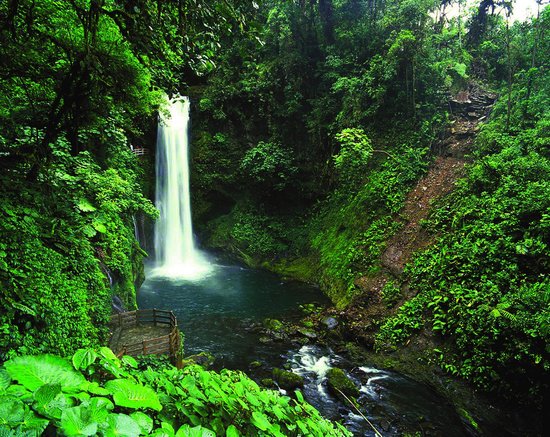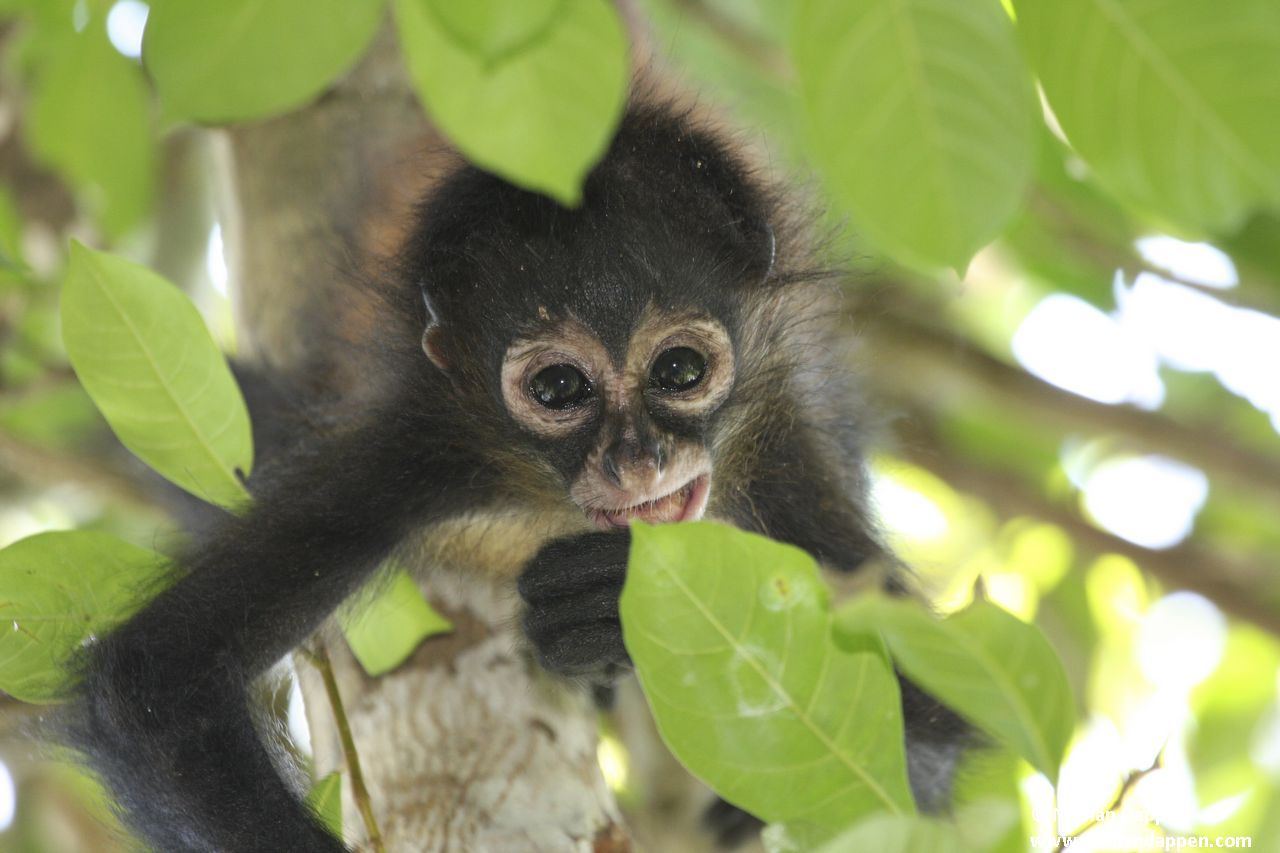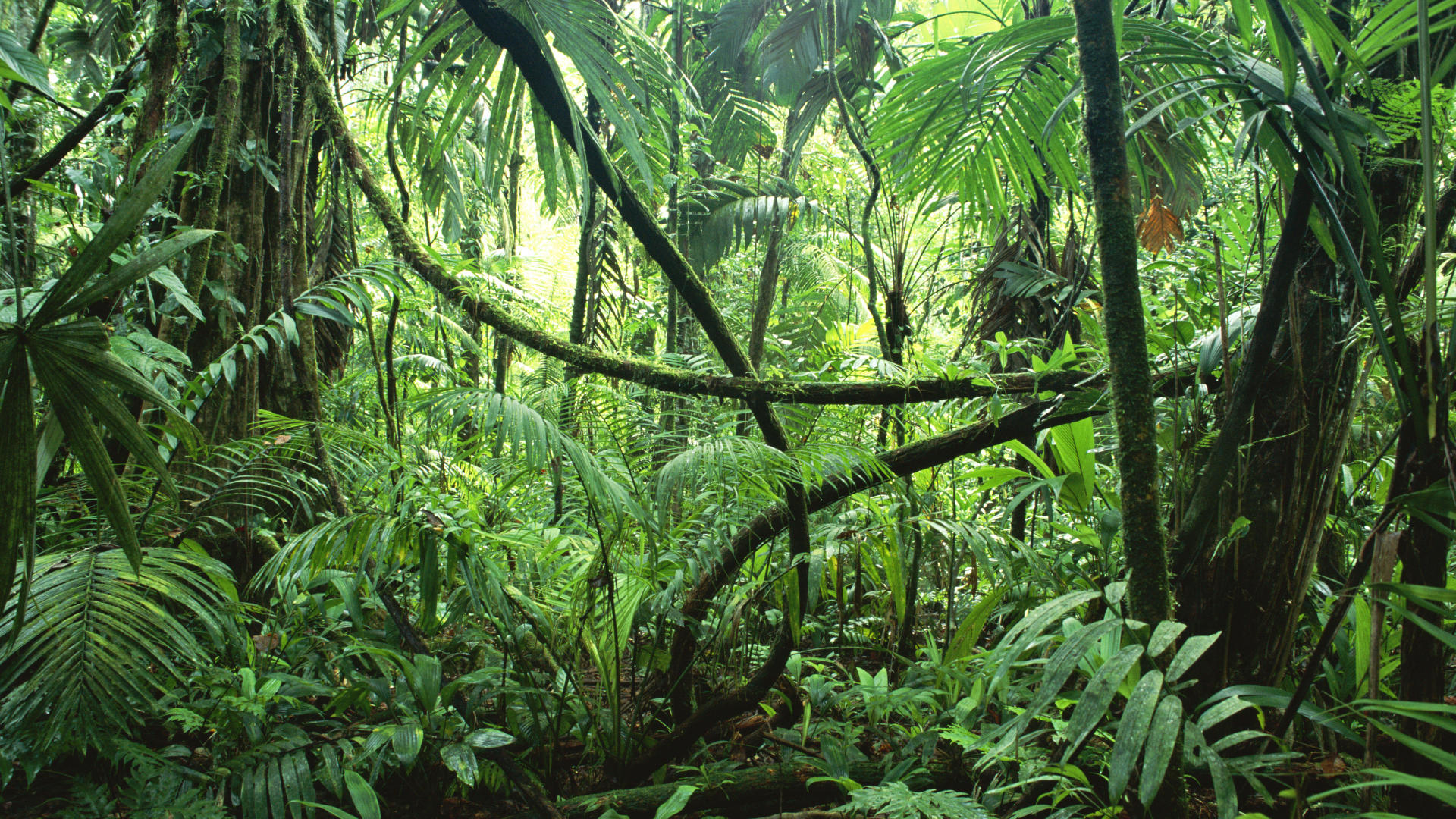Costa Rica Travel – Gold, jungle and water, words to describe greatness of Osa, a region that holds 2.5% of the planet’s biodiversity. of the planet’s biodivThe biological value of such an extraordinary area is a treasure that has been well protected by the country. Currently, 78% of its territory is protected by conservation programs.
 One of his most precious resources, the human, has been left behind. In response to this initiative Caminos de Osa was born, which promotes the integral development of the area through three adventure tourism routes around Corcovado National Park.
One of his most precious resources, the human, has been left behind. In response to this initiative Caminos de Osa was born, which promotes the integral development of the area through three adventure tourism routes around Corcovado National Park.
The paths: called the Gold Trail, the Jungle Trail and the Water Trail, allude to the three elements that most characterize Osa and give meaning to his name.
As you walk through each one, the tourist is taken not only into the history of these privileged territories, but also into the rootedness of the inhabitants of the “most biologically active area of the world”, according to National Geographic.
Why are the routes around Corcovado National Park? So that, in addition to the visit to this protected area, tourists have to pass, obligatorily, the surrounding communities. There, people from the community are waiting to attend to them.
This way people who have had to find other employment opportunities and participate in activities such as praying, hunting and deforestation, can have alternatives to improve their quality of life.
Communities are the main population centers that surround the Golfo Dulce Forest Reservein Osa: Puerto Jiménez, La Palma, Dos Brazos de Río Tigre and Gallardo in Golfito; Rancho Quemado, Estero Guerra, Los Planes and Drake.
Between 2014 and 2015, Caminos de Osa trained 70 local entrepreneurs so that, with their small businesses they could serve the visitors, who are mostly foreigners (93%, the other 7% are Costa Ricans). Beneficiaries received training in four key areas: empowerment, art and culture, natural capital and tourism. The group was split in two. Each received classes for one year, some graduated in 2014 and the others the following year.
These people have had to walk through an intense path of learning, which began from finding their value as individuals, until they understand the economic potential of the Place they inhabit.
Villafranca says they first needed to see different people and that way they would start to see their projects and the region they live in. They cannot talk about sustainable development if the communities do not change and do not see themselves with other eyes. He assures that it was a challenge to make people aware of the natural and cultural potential they enjoy.
One of these entrepreneurs is Rocío Vargas, who thanks to the training extended her business, Las Palmas soda, where she now has a graphic identity that includes logo, lettering and menu design. This mother of three is from Athens, Alajuela, but came to live in La Palma 22 years ago.
Another success story is that of Johnny Rodríguez, owner of Trapiche Don Carmen, located in Rancho Quemado, in the heart of the Golfo Dulce Forest Reserve. In recent months he has diversified the business of products made from 100% organic cane honey, including honey and sweet tapas in various presentations. These are sold mainly to supermarkets of the peninsula.
This innate leader is the pastor of the community and is also a member of the Board of Directors of Osos.
These are the things that makes this place of interest :
It’s the last humid tropical forest on the Pacific coast of Central America.
It is home to more than half of the threatened plants of Costa Rica and 69% of the species of vertebrates in danger of extinction of Costa Rica.
Protects one of every three endangered trees in the country.
Its pre-Columbian settlements were declared by Unesco as World Heritage of Humanity.
Osos paths are made possible by the Costa Rica-United States Foundation for Cooperation (Crusa), the Osa and Golfito Initiative (Inogo) and the National System of Conservation Areas (Sinac), with the support of other Entities.
This year, the project was recognized at the Schmidheiny awards and won in the category of Latin American Social Innovation, and Best International Adventure Product at the Madrid International Tourism Fair (Fitur).
By Brenda Sotelo

